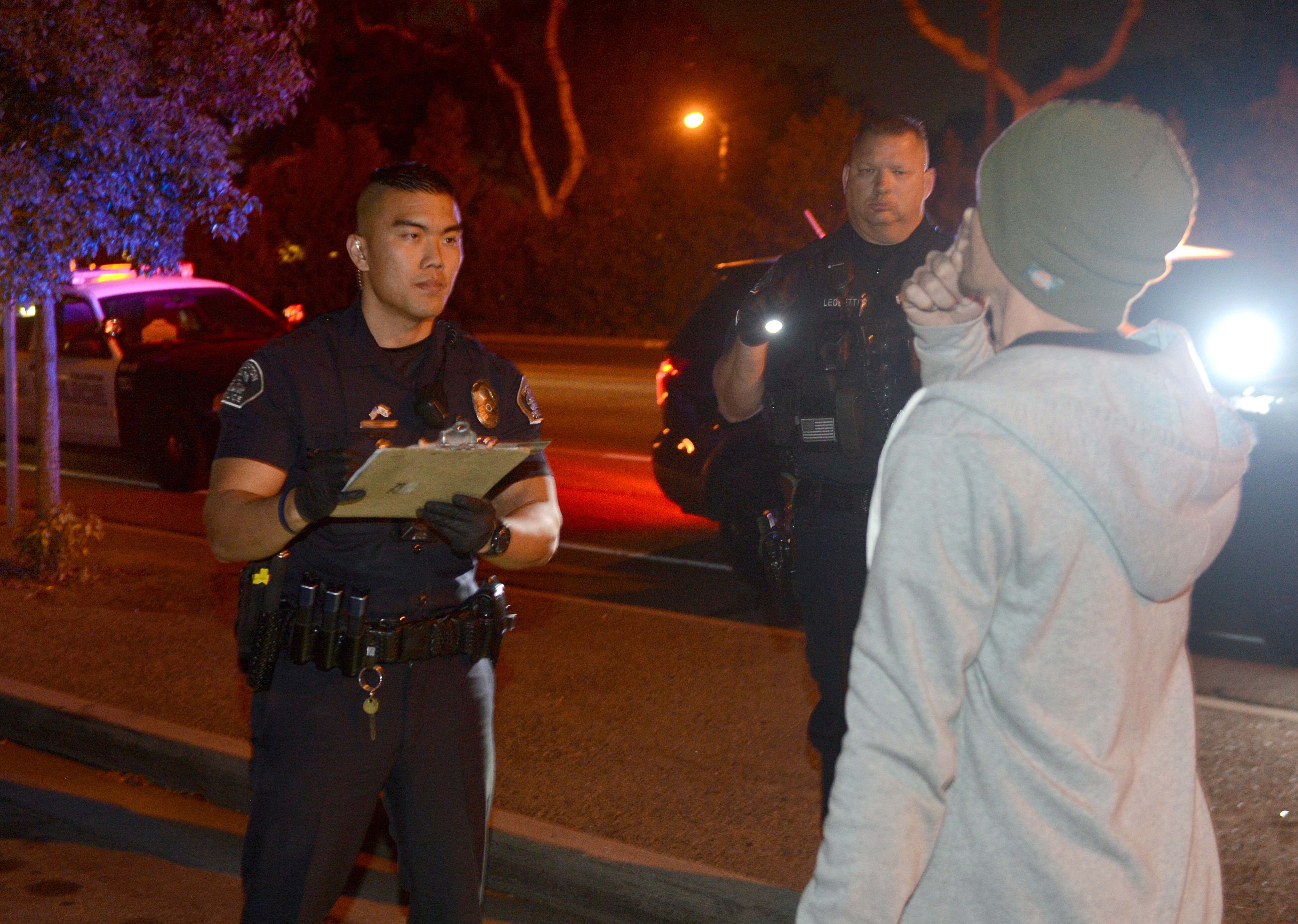Crash that killed pregnant teacher shows potentially deadly consequences of driving while high
CaliforniaUncategorized November 18, 2018 MJ Shareholders


While alcohol-related DUIs remain far more common, last week a case involving a motorist prosecutors say was solely under the influence of marijuana provided a stark example of the danger of driving while stoned.
Prosecutors say John Sebastian Hernandez, 23, smoked pot before getting behind the wheel in June of last year. He veered into the opposite lane on Santa Fe Way and struck a vehicle head-on driven by 40-year-old Gabriela Soto, who was pregnant.
Both Soto and her 28-week-old fetus died. Hernandez, who had no prior record, was convicted of vehicular manslaughter while intoxicated and sentenced to two years in prison.
The case is just the second marijuana-only fatal wreck prosecuted in the county, Deputy District Attorney Kim Richardson said. But with the legalization of marijuana in California this year, law enforcement may be handling more such cases.
And, with the way society currently views marijuana, the cases are difficult to prosecute, Richardson said.
“Society looks at drugs like methamphetamine and PCP as the ‘bad’ drugs,” she said. “But now you have this more widely accepted view of marijuana as being less dangerous. The perception is different.”
Hernandez admitted to being addicted to smoking marijuana, but claimed he hadn’t smoked that day.
Nevertheless, an analysis of blood drawn from Hernandez after the crash turned up a high amount of THC — the psychoactive ingredient in marijuana — enough that Richardson says it’s impossible that he didn’t smoke that day because marijuana is quickly metabolized by the body.
Hernandez had 14 nanograms of active THC per milliliter of blood. In Colorado and Washington state, it is illegal to drive under the influence of marijuana if you have more than 5 nanograms of active THC per milliliter of blood.
But in California, a measurement alone isn’t enough to guarantee a DUI conviction because the state, unlike Washington, Colorado and some others, has no “per se” legal limit in which a driver is presumed to be impaired.
Instead, as with alcohol-related arrests, officers conduct field sobriety tests such as walking in a straight line or standing on one leg for a certain amount of time to determine if someone is impaired. Without an impairment standard, the officer must find other evidence — such as failing those tests or driving behavior — to determine the person is impaired.
Officer Robert Rodriguez, spokesman of the Bakersfield office of the California Highway Patrol, said anything that impairs a person’s ability to safely drive a motor vehicle, whether it’s pot, prescription drugs or illegal drugs, poses dangers to both the motorist and others on the roadway. Despite pot’s legality in California, getting behind the wheel after smoking can result in a DUI conviction or, as in Hernandez’s case, something worse.
And those who combine alcohol and marijuana, or other drugs, are at risk for even more severe impairment, he said. Those combinations can “exaggerate the high or the effects of the alcohol produced.”
In 2015, Bakersfield CHP officers arrested 28 drivers under the influence of both alcohol and drugs, and in 2016 made 26 arrests.
The first pot-only fatal DUI conviction occurred in June 2016 when Rodolfo Contreras was convicted of second-degree murder and gross vehicular manslaughter while impaired by marijuana in a crash at Gosford Road and Stockdale Highway.
He ran a red light, lost control of his Honda, crossed the center divider and struck a Ford Explorer, killing its driver.
Contreras had smoked marijuana the morning of the crash and had 16 nanograms of THC in his blood. He was sentenced to 20 years to life in prison.
© 2018 The Bakersfield Californian (Bakersfield, Calif.). Visit The Bakersfield Californian at www.bakersfield.com. Distributed by Tribune Content Agency, LLC.
MJ Shareholders
MJShareholders.com is the largest dedicated financial network and leading corporate communications firm serving the legal cannabis industry. Our network aims to connect public marijuana companies with these focused cannabis audiences across the US and Canada that are critical for growth: Short and long term cannabis investors Active funding sources Mainstream media Business leaders Cannabis consumers








